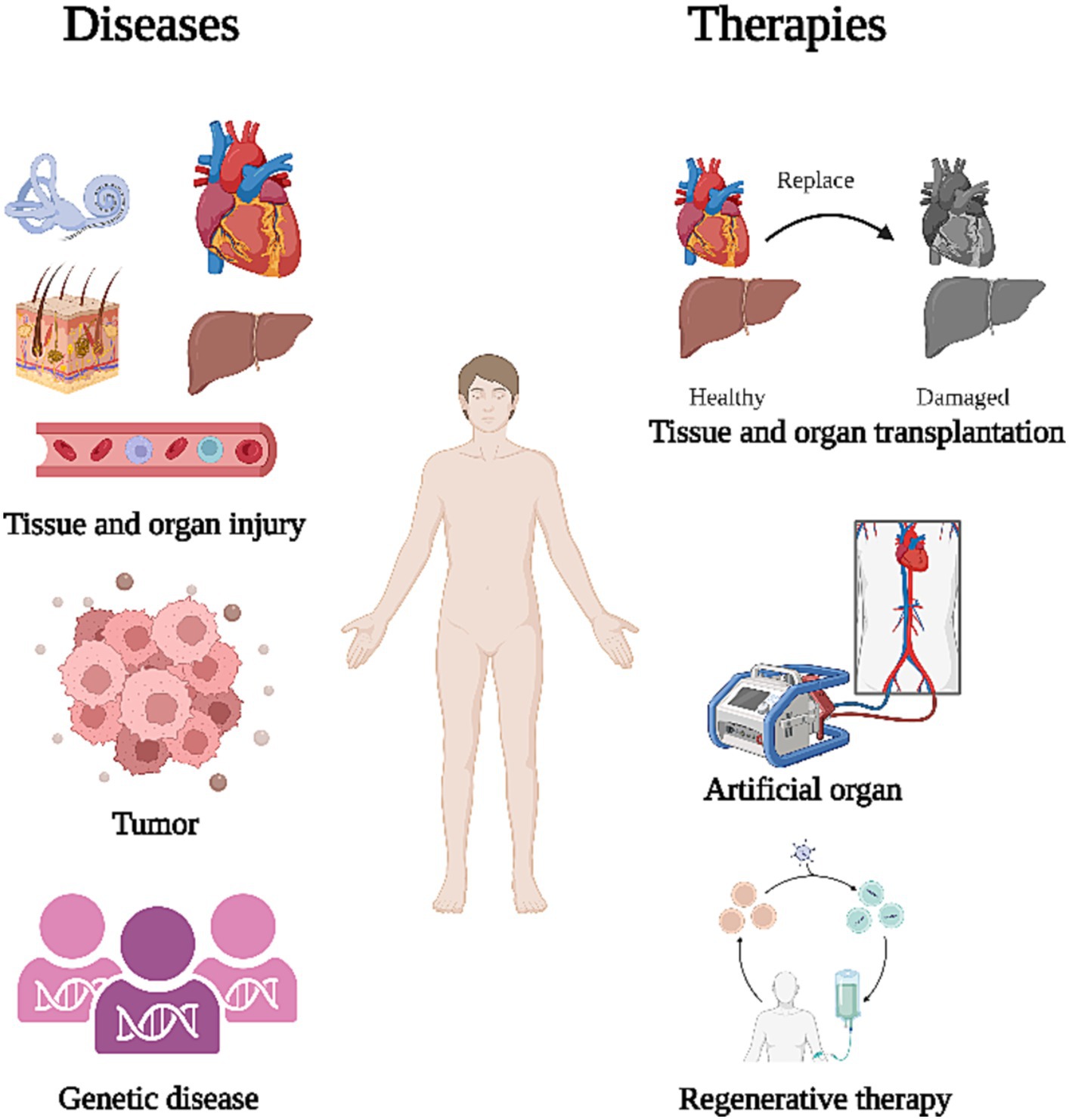Table of Contents

[/image][=video]
[/video]
There are many sorts of stem cells. As a whole, the term stem cell refers to a group of cells that generate other cells (like skin, blood, heart, and muscular tissue cells) by replicating and differentiating in response to chemical hints. Totipotent stem cells appear at the earliest phase of development and are the only stem cells which can generate beginning stem cells and the placenta.
Bone marrow transplant (BMT) is an unique therapy for clients with certain cancers cells or other conditions. A bone marrow transplant entails taking cells that are typically found in the bone marrow (stem cells), filtering system those cells, and providing back either to the donor (client) or to another individual. The objective of BMT is to transfuse healthy bone marrow cells into a person after his/her own undesirable bone marrow has been dealt with to eliminate the unusual cells.
The blood cells that make other blood cells are called stem cells. The most primitive of the stem cells is called the pluripotent stem cell.
It is the stem cells that are needed in bone marrow transplant. The objective of a bone marrow transplant is to heal lots of diseases and kinds of cancer cells. When the doses of chemotherapy or radiation required to treat a cancer are so high that a person's bone marrow stem cells will be permanently damaged or ruined by the treatment, a bone marrow transplant may be needed.
Medical Group local to Grand Rapids
This process is commonly called rescue. Change bone marrow with genetically healthy and balanced functioning bone marrow to stop even more damage from a genetic illness procedure (such as Hurler's disorder and adrenoleukodystrophy). The dangers and advantages have to be weighed in a comprehensive discussion with your health care provider and specialists in bone marrow transplants before the treatment.
There are various types of bone marrow transplants depending on that the benefactor is. The different sorts of BMT consist of the following: The donor is the individual himself or herself. Stem cells are drawn from the person either by bone marrow harvest or apheresis (a process of accumulating outer blood stem cells), frozen, and after that returned to the person after intensive therapy.
The contributor shares the very same hereditary type as the person. Stem cells are taken either by bone marrow harvest or apheresis from a genetically matched contributor, generally a bro or sibling. Other contributors for allogeneic bone marrow transplants might include the following: A haploid-identical suit is when the donor is a moms and dad and the hereditary suit is at the very least half similar to the recipient.

Matching includes keying human leukocyte antigen (HLA) tissue. The antigens externally of these unique white blood cells establish the hereditary make-up of a person's immune system. There go to the very least 100 HLA antigens; nevertheless, it is believed that there are a couple of significant antigens that figure out whether a benefactor and recipient match.
Clinical study is still checking out the function all antigens play in the process of a bone marrow transplant. The even more antigens that match, the far better the engraftment of given away marrow. Engraftment of the stem cells takes place when the donated cells make their way to the marrow and start making new blood cells.
Regenerative Therapy
All individuals interact to offer the very best possibility for a successful transplant. The group includes the following: Doctor that focus on oncology, hematology, immunology, and bone marrow hair transplant. A registered nurse who organizes all facets of care given prior to and after the transplant. The registered nurse coordinator will offer client education and learning, and coordinates the diagnostic screening and follow-up treatment.
Experts who will assist you meet your dietary needs before and after the transplant. A number of other group members will certainly evaluate you before transplant and will give follow-up treatment as needed.

A complete clinical history and physical examination are carried out, including numerous examinations to examine the patient's blood and organ features (for instance, heart, kidney, liver, and lungs). An individual will certainly often come right into the transplant center as much as 10 days before transplant for hydration, analysis, placement of the central venous line, and other prep work.
Blood items and medications will be given through the catheter during treatment. For an allogeneic transplant, a suitable (tissue keyed in and matched) benefactor needs to be offered. Locating a matching contributor can be a tough and lengthy procedure, especially if a brother or sister suit is not readily available. Volunteer marrow donors are registered in numerous nationwide and international computer system registries.
Donor resources available consist of: self, brother or sister, parent or loved one, nonrelated person, or umbilical cord from an associated or nonrelated individual. There are national and international computer system registries for nonrelated individuals and cable blood. Some member of the family may be entered because of the need to assist. These loved ones might or might not elect to have their type registered for usage with other receivers.
Medical Group in Grand Rapids, Michigan
Examinations connected to his or her wellness, direct exposure to viruses, and hereditary evaluation will certainly be done to establish the level of the suit. The contributor will certainly be offered directions on how a bone marrow donation will certainly be made. As soon as a suit for a person requiring a bone marrow transplant is discovered, after that stem cells will be collected either by a bone marrow harvest.
Or by a peripheral blood stem cell collection. This is where stem cells are collected from the flowing cells in the blood. Of the two, peripheral blood stem cell donations are now a lot more typical. Cable blood has already been accumulated at the time of a birth and stored for later use.
Navigation
Latest Posts
Regenerative Therapy
Perimenopause Treatment in Grand Rapids
Regenerative Therapy local to Grand Rapids